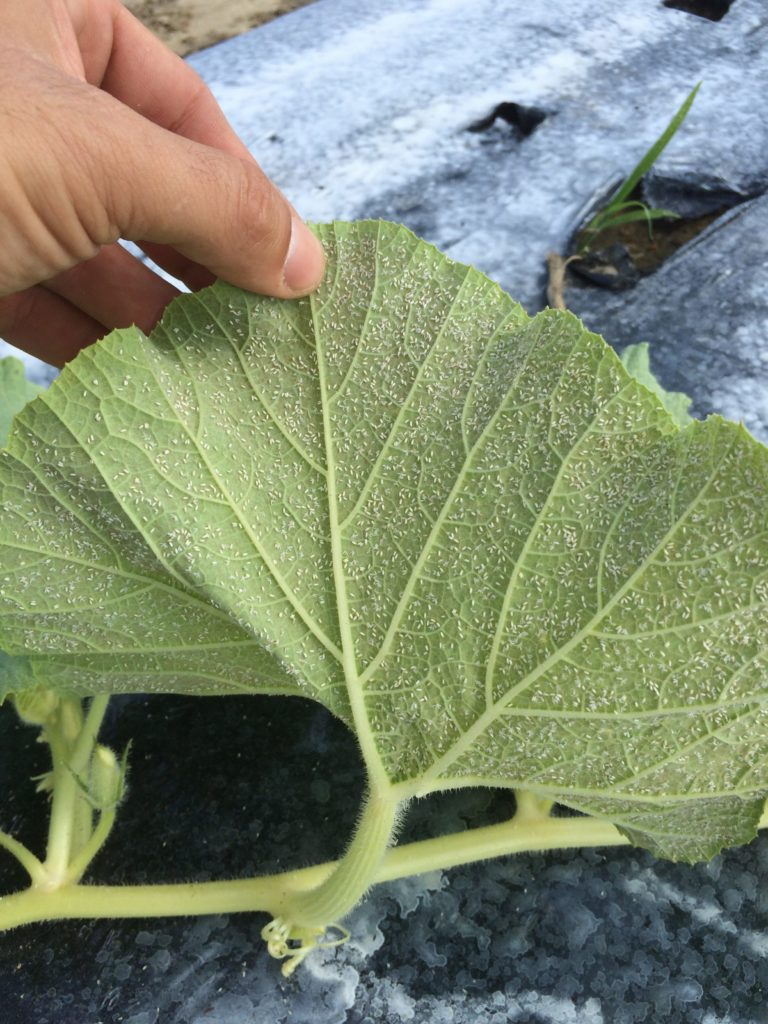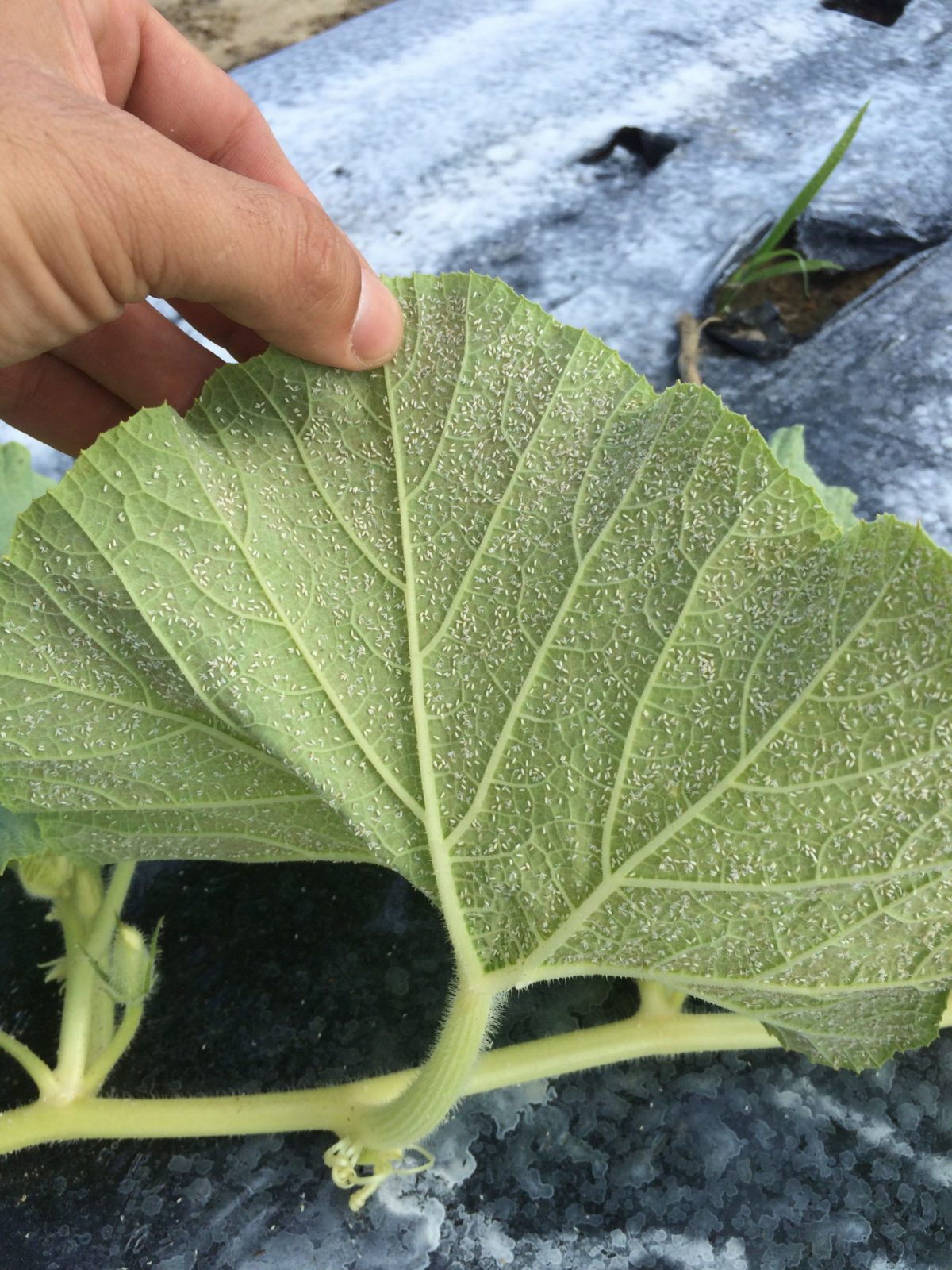
By Clint Thompson
The environmental conditions are ripe for whitefly buildup in the Southeast. They’ll continue to be if excessive rainfall remains absent for prolonged periods of time, believes Stormy Sparks, University of Georgia (UGA) Extension vegetable entomologist.
“It depends on what happens with the weather, if we go hot and dry. We started building considerably recently. If it goes hot and dry and we stay with these spotty showers, it’ll increase dramatically in the next week to two weeks. We’re just getting started on vegetables,” Sparks said. “We’re normal to a little normal right now. But again, weather has such a huge impact on what happens. It’s hard to predict.”
Whiteflies migrate from winter vegetables to spring vegetables to agronomic crops, mainly cotton, to fall vegetables and back to winter vegetables. Vegetables like squash, zucchini, cucumber, cantaloupe and snap beans are most susceptible to viruses, especially those produced in the fall season.
As concerning as growers should be with regards to potential whitefly feedings on vegetables and cotton, they should be just as wary about the many viruses that whiteflies transmit. These include cucurbit leaf crumple virus and cucurbit yellow stunting disorder virus.
Whiteflies and their viruses were extremely devastating in 2017. According to UGA estimates, those viruses caused between 30% and 50% crop loss in squash and cucumbers and almost 80% crop loss in snap beans that year.
“We haven’t seen a lot of virus yet, which is always good. That’s one of the things with whiteflies is how bad is the virus situation going to be. We can deal with whiteflies. But when viruses get into the system, it’s unmanageable,” Sparks said.










